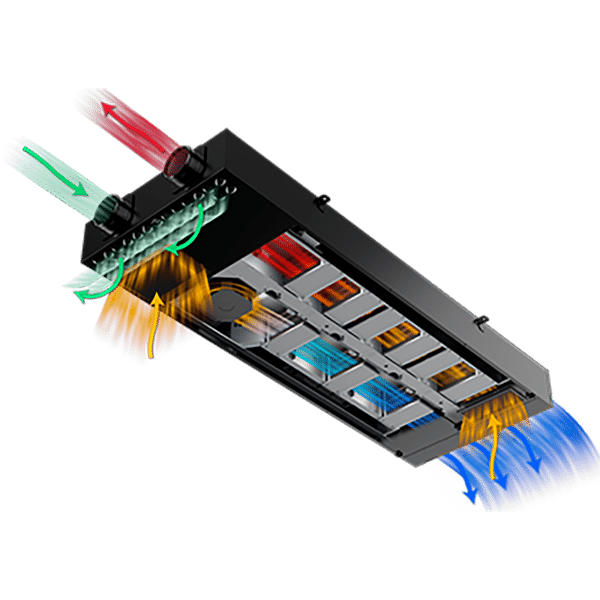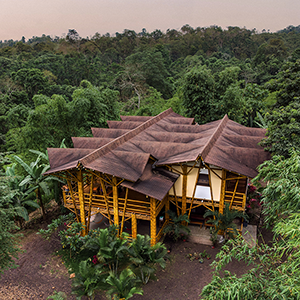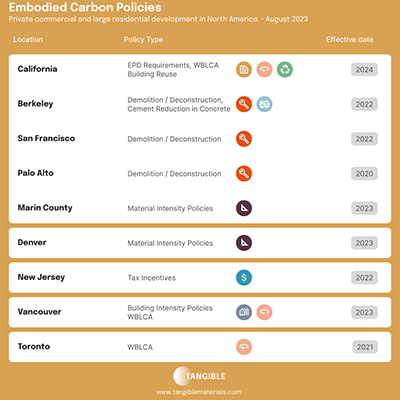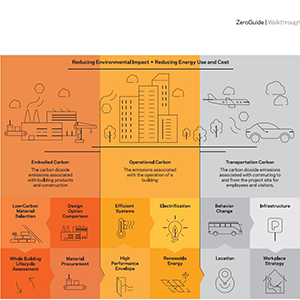Harnessing data, automation, and insights to improve the impact of design and build decisions
by Joe Speicher, head of ESG and Impact, Autodesk
It’s hard to pin down a specific point in time when demand for carbon management solutions expanded from a small crest to a tidal wave. And I’m not sure we’ve seen the peak yet. Whether it’s forthcoming regulations, new technologies that enable connected datasets or just the realization that it’s all hands on deck to mitigate climate change – It’s been a slow but powerful build that has now reached a fever pitch. Part of my job is to meet with senior leaders from companies using our technology. Many of them now count sustainability as a top business priority – and knowing that we can help them achieve their sustainability goals gets me out of bed in the morning.
Our technology spans many industries – from architecture, engineering, and construction, to manufacturing, to media and entertainment. Autodesk has an incredible opportunity to enable these industries to drive change and increase positive impact. By providing smarter tools and technology that measure carbon within their work and across the industry, our customers can make better, data-driven decisions to manage and reduce carbon emissions. This is especially true for the architecture and construction industries, which demand carbon-intensive raw materials for building construction. Our customers are working to make net-zero energy buildings, reduce embodied carbon, decrease construction waste, and develop smart and sustainable cities. Our job is to make it easier for them to do so – and here’s how we do it.
We work closely with industry leaders and customers to better understand their goals, research new technologies, and develop new tools to enable more sustainable outcomes through their daily work. We aim to automate the complicated work of analyzing embodied and operational carbon to better predict total carbon impacts. And as we deepen our partnerships, we empower our customers to create solutions, connect their data, and accelerate the results that matter to them.

Lake|Flato used Autodesk Insight in its design of the Austin Central Library, a 2020 AIA COTE award winner
Let me give you an example in the architecture industry. Sustainable architecture design firm Lake|Flato Architects is a leader when it comes to leveraging design technology to reduce both embodied and operational carbon impacts in its project designs. To predict operational energy, the firm uses Autodesk Insight to accurately model the impact of design decisions on the overall energy consumption of each project. The technology behind Insight allows for analysis and optimization of energy use and materials efficiency. For embodied carbon, Lake|Flato uses Tally, the first lifecycle assessment app that works with Revit to calculate the environmental impacts of building materials. Tally’s list of materials and quantities imports directly into the Embodied Carbon in Construction Calculator (EC3), and the result is a more efficient workflow that optimizes both tools’ capabilities. For the Hotel Magdalena project in Austin, Texas, Lake|Flato designed a 5-building complex constructed of mass timber. They found that switching to a mass-timber structural system reduced embodied carbon up to 58%.
Another example is CannonDesign, an architectural firm which is committed to using Autodesk Insight for predictive energy analysis on every project. According to CannonDesign’s Eric Corey Freed, sustainability only works when it’s woven into the DNA of the firm. “Our engineers like to say, ‘We’re modeling at the speed of design,’ which is exactly how it should work when sustainability is built in from the beginning,” says Freed. “The energy model informs and evolves in Revit as you go—achieving your outcomes; helping clients meet their sustainability goals; and, most important, helping make a climate difference.”
All of this starts at home. When it comes to Autodesk’s business, we know measuring and managing our own impacts better equips us to help our customers do the same. For many years now, Autodesk has recognized the importance of embedding sustainability throughout our business and improving our operations to help enable a low-carbon, inclusive future.
In 2021, we unveiled our corporate impact strategy and we recently published our FY22 Impact Report. The report covers the progress we made over the last year across important ESG issues: how we manage our own business operations, the solutions we provide to our customers, and our collective efforts to accelerate industry transformation.
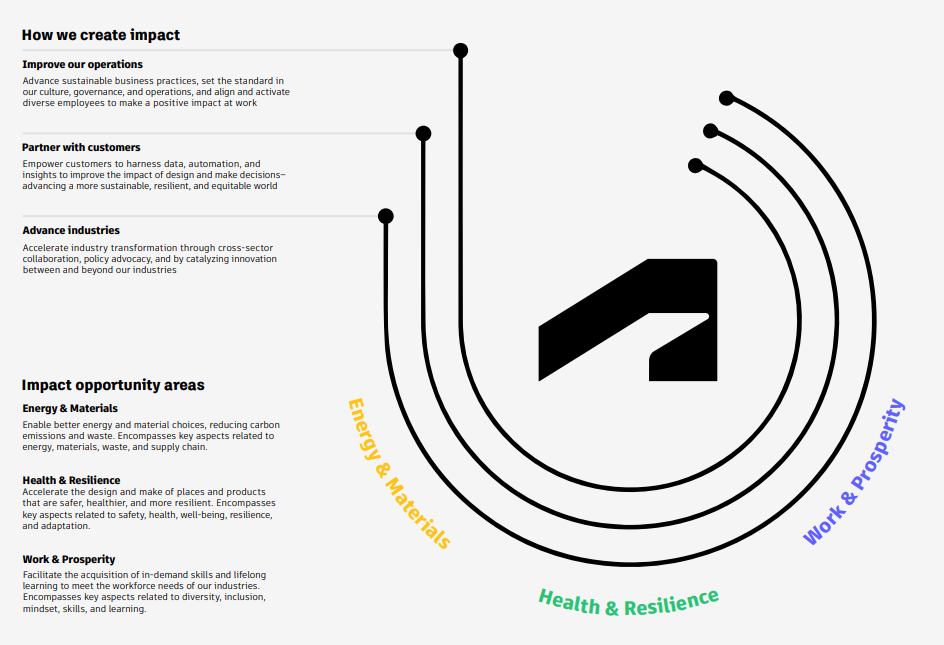
For the second year in a row, we neutralized our greenhouse gas emissions across our operations and value chain through what we call the Autodesk Carbon Fund. We first committed to achieving net-zero carbon across Scopes 1, 2, and 3 on an annual basis beginning in the fiscal year 2021. Since setting this target, definitions of net zero have converged. We welcome this increased rigor and standardization. The Science Based Targets initiative (SBTi) validated our GHG emissions reduction targets in fiscal year 2022 and determined that our fiscal year 2031 Scope 1 and 2 target is aligned with the 1.5˚C trajectory.
More details about our carbon footprint and net-zero journey can be found in the report. You’ll also find many more examples of how we engage with our customers and partners to help meet their own sustainability goals.
As we continue our journey to decarbonize the industries we serve, you can expect to hear more from us on how we strive for excellence in embedding sustainability not only in our own business but more importantly – across our industries and in partnership with our customers. There’s still a long way to go, but we’ll get there faster if we work together and learn from each other. That’s one of the reasons why we support the Carbon Leadership Forum and its work to bring industries together, accelerating market transformation and driving collective change. The commitment and progress I’m seeing from across the Autodesk ecosystem is encouraging – and once that wave of demand sweeps over our industries and embeds sustainability into everything – a net-zero carbon future is much closer than we think.

Joe Speicher, head of ESG and Impact, Autodesk
It’s hard to pin down a specific point in time when demand for carbon management solutions expanded from a small crest to a tidal wave.
About
AutodeskAutodesk’s mission is to empower innovators with design and make technology so they can achieve the new possible. The company’s technology spans architecture, engineering and construction, product design and manufacturing, and media and entertainment, empowering innovators everywhere to solve challenges big and small.

